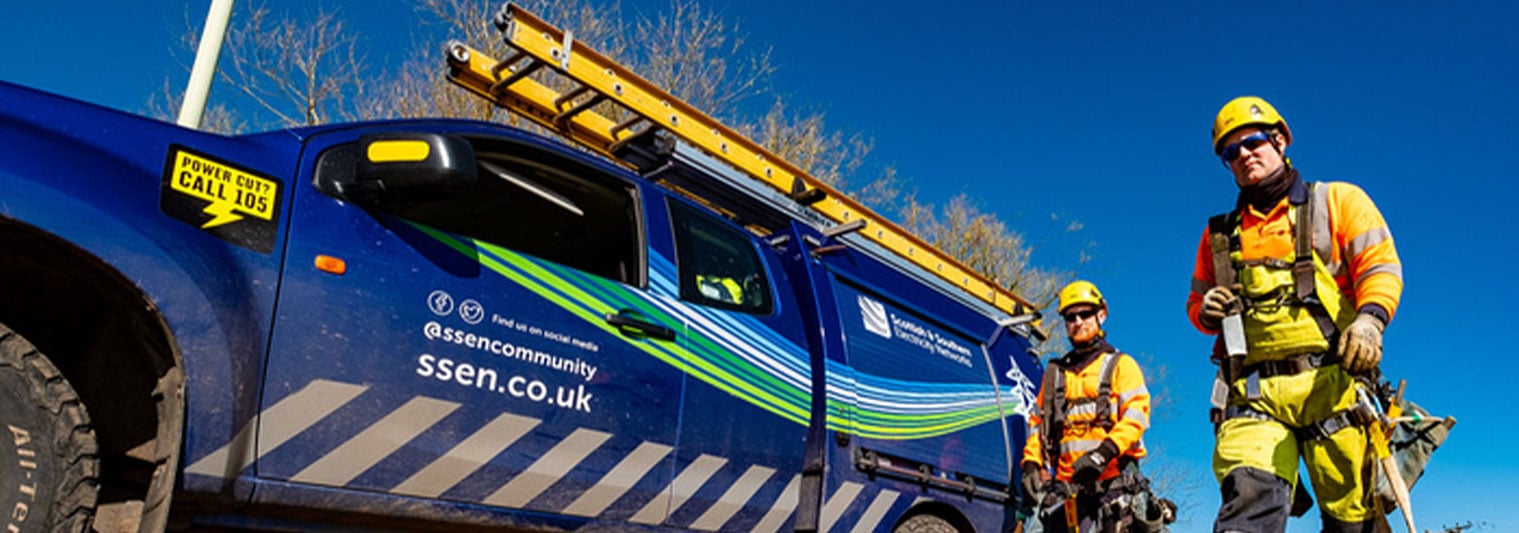New connections
The term land right is used as a collective term to cover the acquisition of property rights, such as freehold and leasehold interests, a lease or purchase or servitudes, easements or way leaves, that we will require to be in place before we can connect you to our network. In order to make sure the works are undertaken lawfully, we may also ask you for ‘statutory planning’ consent to install an overhead line or a planning consent to construct a substation. Other environmental consents, licences or permits may also be required for work in or around certain sensitive ecological habitats or species, water bodies or cultural heritage sites, some of which may have significant statutory protection.
When planning your new connection project, please remember:
- Our quotation is given subject to all consents being agreed
- The quotation must be accepted before we gain consents
- On acceptance of your quotation, you will be notified of the Project Manager and Consenting Officer assigned to your project.
- You must have accepted your quotation before we attempt to gain consents
- The length of time it takes to obtain consent from any third party may affect the delivery date of your connection.
- We cannot undertake any works until all consents have been obtained
- Where consents are refused, a new design and quotation will be required
Statutory consents
In order to place equipment on or over land in certain areas, we may need to get additional consent. These consents are usually granted by bodies responsible for protected sites, buildings, protected species and in some situations planning permission may be necessary. Some of these bodies are listed below;
- Planning permission from local planning authorities for overhead lines or substation sites where permitted development rights are not appropriate.
- Consent under the Electricity Act 1989 granted by The Department for Business, Energy and Industrial Strategy for consent to build overhead lines.
- Consent from Natural England for works on or near protected sites or species.
- Consent from Historic England for works on or near protected archaeological sites.
- Consents from The Environment Agency for works on or near watercourses.
We work with these and other agencies to ensure that any required consents are applied for within a reasonable time.
Section 37 Electricity Act 1989
The electricity industry is required to conform to specific planning provisions before building or modifying an overhead line. Considering connections at voltages of 33kV and below, provisions are contained primarily in Section 37 of the Electricity Act 1989. Connections at 132kV or greater are regulated under the Planning Act 2008
A Section 37 application is a two-part process involving an initial application to the local planning authority followed by an application to the appropriate Ministry:-
Scotland - Scottish Government Energy Consent Unit
England / Wales - The Department for Business, Energy and Industrial Strategy
There are certain circumstances where a supply may be provided to a single customer at less than 33kV without the need to obtain a section 37 Consent. In these situations, it is still necessary to consult with the local planning authority before constructing the line. Where an existing line serving one customer is subsequently required to serve further customers, a retrospective Section 37 Consent will be required.
Section 37 consent can also apply in cases where underground cables are being installed from an existing overhead line, where retrospective Section 37 may be required. Where it is necessary to modify an overhead line, Section 37 may be required or in certain circumstances, works may be carried out under the provisions of the requisite Overhead lines (Exemption) Regulations.
